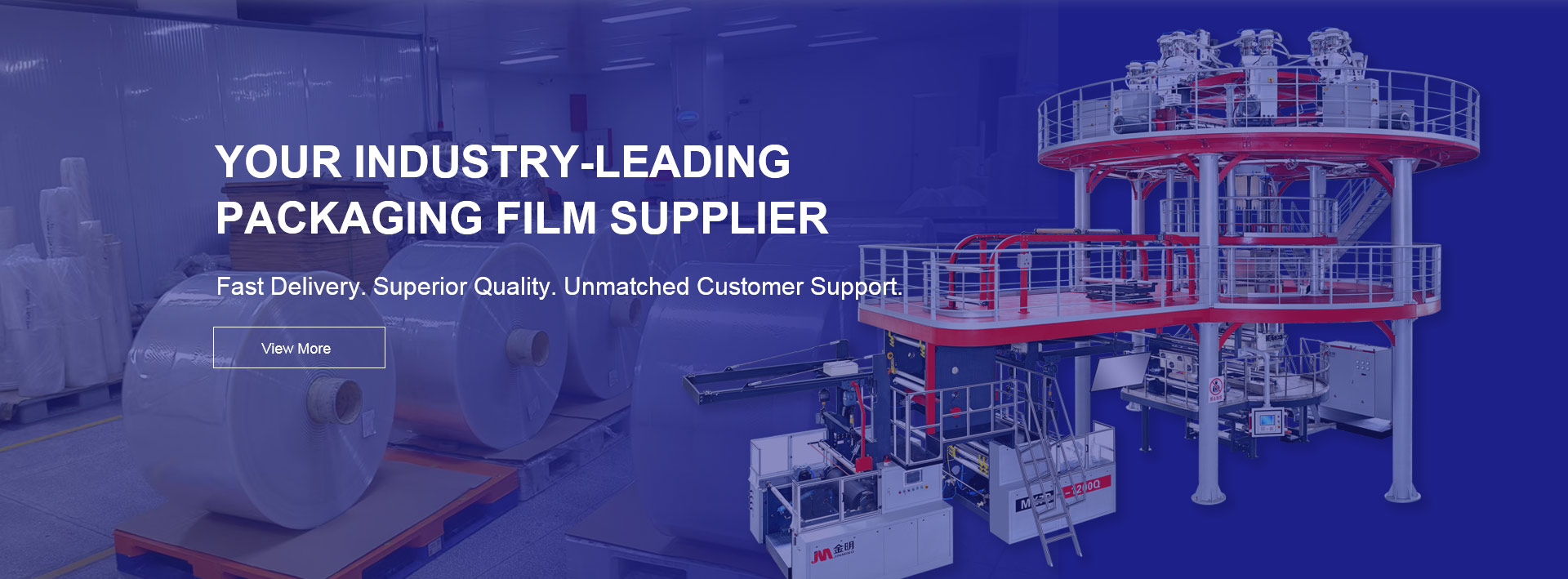
When it comes to food preservation and industrial packaging, choosing the right bag material is crucial for performance, shelf life, and product safety. Among the most commonly used materials are nylon vacuum bags and PE (polyethylene) bags. Although they may look similar at first glance, their composition, durability, and applications differ significantly.
The nylon vacuum bag is typically a composite film made from multiple layers of PA (polyamide, or nylon) and PE (polyethylene). This multilayer structure provides both toughness and excellent oxygen barrier properties. The nylon layer enhances tensile strength and puncture resistance, while the PE layer ensures flexibility and sealing ability.
In contrast, a PE bag is usually made of single-layer or multi-layer polyethylene film—often LDPE (low-density polyethylene) or HDPE (high-density polyethylene). It is softer and more elastic but lacks the high oxygen and moisture barrier performance of nylon composites.
| Comparison Item | Nylon Vacuum Bag | PE Bag |
|---|---|---|
| Material | PA + PE multilayer composite | Single or multilayer PE |
| Barrier Performance | Excellent oxygen and moisture barrier | Moderate barrier ability |
| Strength | High puncture and tear resistance | Moderate resistance |
| Transparency | High | High to moderate |
| Sealing | Strong, heat-seal compatible | Easy sealing, but lower vacuum strength |
| Recyclability | Moderate | High |
| Cost | Higher | Lower |
1. Barrier Protection
Nylon vacuum bags are designed to block oxygen and water vapor effectively. This makes them ideal for food packaging where freshness and shelf life are critical. The typical oxygen transmission rate is less than 20 cm³/m²·24 h, much lower than standard PE bags. PE bags, although moisture-resistant, do not offer sufficient oxygen barrier for long-term storage of perishable items.
2. Mechanical Strength
The nylon layer provides exceptional mechanical durability. Nylon vacuum bags can resist punctures from sharp food edges, bones, or industrial components. They retain integrity under vacuum sealing or during freezing, preventing leakage. PE bags, while flexible, can easily stretch or tear when exposed to pressure or low temperatures.
3. Temperature Resistance
Nylon composite bags perform well across a wide temperature range from -40 °C to +120 °C. They are suitable for both freezing and boiling applications, such as sous-vide cooking or sterilization. PE bags generally tolerate -20 °C to +80 °C, making them suitable for ordinary storage but not for high-temperature processing.
4. Vacuum Sealing Capability
Due to their high tensile strength and low permeability, nylon vacuum bags are ideal for deep vacuum sealing. They help prevent oxidation, mold growth, and moisture absorption. PE bags are less suitable for vacuum sealing because they allow gradual air ingress over time.
Nylon Vacuum Bags
These are widely used for vacuum-packed food such as meat, cheese, coffee beans, and seafood. They are also applied in industrial packaging, including electronic components, precision metal parts, and chemical powders that require air isolation. In addition, the material’s toughness allows custom-shaped packaging for medical and pharmaceutical products.
PE Bags
PE bags dominate in everyday storage and transport, such as fresh produce, frozen foods, clothing, and light industrial parts. They are commonly used as liner bags, shopping bags, and protective covers due to their low cost and recyclability. PE bags are ideal for short-term storage and dry product packaging where air permeability is not a major issue.
From an environmental standpoint, PE bags are easier to recycle because of their uniform polymer structure. Nylon-PE composite bags, while more durable, are harder to separate during recycling processes. However, their longer service life and improved product preservation can reduce food waste—another important aspect of sustainability.
In terms of cost, nylon vacuum bags are generally more expensive due to their multilayer co-extrusion or lamination process. PE bags, on the other hand, offer a more economical solution for general-purpose packaging needs.
The choice depends on the packaging purpose:
Choose nylon vacuum bags for long-term food preservation, oxygen-sensitive products, or when high mechanical strength is needed.
Choose PE bags for cost-effective, light-duty packaging, especially when recyclability and flexibility are more important than barrier performance.
When your goal is to achieve professional vacuum sealing results and extended freshness protection, nylon vacuum bags are the superior option.
For high-performance packaging solutions, JINBORUN provides a wide range of nylon vacuum bags, PE bags, and multilayer packaging films. Each product is engineered for durability, clarity, and barrier stability, supporting food processors, manufacturers, and distributors worldwide. With advanced film extrusion technology and OEM customization services, JINBORUN helps clients improve product shelf life and reduce packaging failure rates.